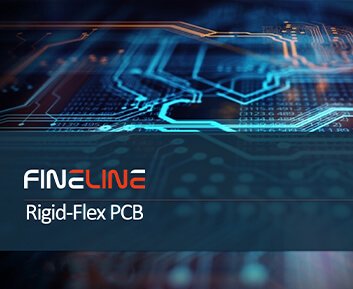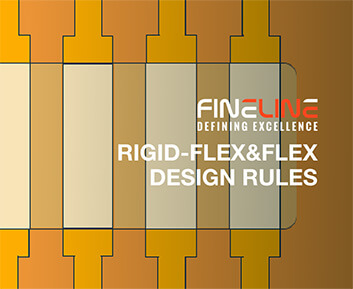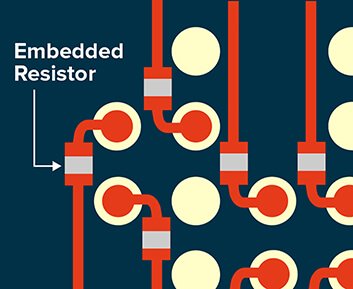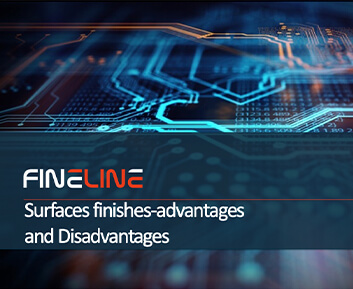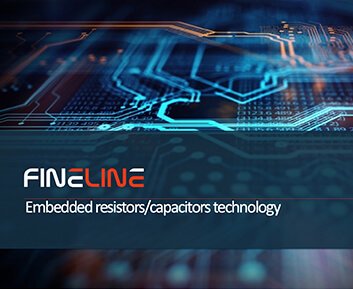There are many reasons why a company would use Rigid Flex PCBs instead of rigid printed circuit boards. Mr. Kunert, hardware developer with the company di-soric, knows exactly what he is talking about.
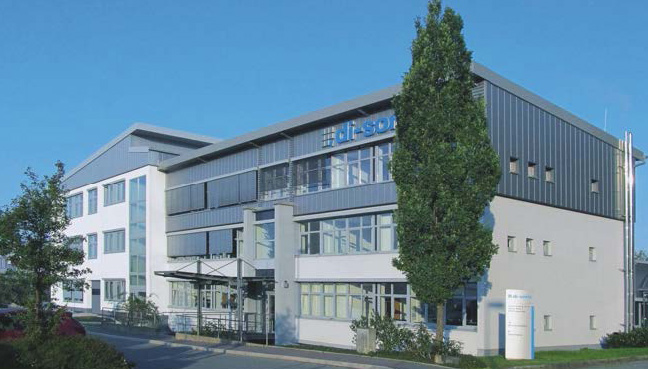
As a family-run corporate group, di-soric has maintained its position as an established manufacturer in the field of industrial automation for almost 40 years.
di-soric develops, produces and distributes a wide range of innovative sensors, high-performance image processing components, high-quality LED machine and signal lighting as well as products from the field of safety technology. The extensive product range is rounded off by their flexibility for customer-specific solutions.
di-soric products are primarily used in the fields of Assembly & Handling, Robotics, Packaging, Machine Tools and Measurement & Testing. The focus in this regard is on the Automotive, Food & Beverage, Pharmaceutical & Cosmetic and Electronics industries.
Interviewer (Int): “Mr. Kunert, the core business of di-soric lies in sensor technology. You work at di-soric as a Hardware Developer for Embedded Systems in the development department. First of all, let’s look specifically at the technical reasons in favour of a Rigid Flex PCB solution.
What were the technical arguments for choosing Rigid Flex PCB technology for your most recent product solution?”
Mr. Kunert: “Three printed circuit boards, which are housed in different enclosure parts, are to be connected in this project. Plug connections were not an option for various reasons. The key technical arguments for using a Rigid Flex PCB solution here were nonetheless many and varied.
These range from the size of hand soldering pads, which can quickly lead to problems with space, especially on small PCBs, to a significantly reduced and simplified soldering workload and the associated cost savings. It goes without saying that there are fewer individual parts without connecting cables and the insulation strength can also be better achieved in tight installation conditions. Furthermore, the susceptibility to errors when connecting with a Rigid Flex PCB solution is significantly lower than when manually soldering individual wires, which can easily result in individual wires being accidentally mixed up.”

Int: “Those are a number of solid reasons that you list. Did the size of the product also have a role to play or was, for example, the bending radius also something you had in mind?
Mr. Kunert: “The size of the product, or more precisely of the individual products within the product family, didn’t have a direct impact on the decision to use this PCB technology.
However, it must be said that with increasing size or very long Flex parts, economic efficiency should be kept in mind. Long flex parts, in particular when they are designed to be used as interconnecting cables, require large manufacturing footprints in PCB fabrication, thereby increasing costs as well as effective footprint utilisation. The stability of the panel during the assembly and soldering process is another aspect, since the Flex part provides practically no stability. The bending radius has played a somewhat minor role, since small bending radii are not necessary.”
Int: “What role did the nature of the application, for example the use of the product in a harsh environment, play in your thinking?”
Mr. Kunert: “None whatsoever. The fact that our products are primarily encapsulated meant that the nature of the application had no influence on the decision for or against a Rigid Flex PCB solution. The use of special materials or product durability were also not major factors.”
Int: “It would then have been possible in principle to implement this project based on a rigid circuit board using connectors and cables, right? Why did you still decide against it?”
Mr. Kunert: “That’s true! But as was initially discussed, the use of plugs and cables has clear disadvantages. Plugs require lots of space and are quite expensive. Furthermore, they pose
problems when used with sealing compound, since the spring force of the plug may be reduced, which can lead to a faulty electrical connection. And cables have to be pre-assembled, involve a large number of manual solder connections, require plenty of space on the PCB in the form of solder pads and are more susceptible to errors (risk of mixing up).”
Int: “How did you learn about this technology. Did the IPC Standard IPC-2223 have any role to play in this?”
Mr. Kunert: “We are already familiar with the technology, and it is successfully used in various products. As a result, we have plenty of experience in SMD production as well as in assembly. And in the case of technical questions, we directly turned to the specialist, in this case Fineline. Of course, the IPC-2223 Standard played a role in creating the layouts.”
Int: “How important was the selection of the technology partner who would manufacture and supply the Rigid Flex PCB?”
Mr. Kunert: “It is particularly important for us to have a competent partner by our side when it comes to technologies such as Rigid Flex PCB. Fineline, as a big player in the field of PCB manufacturing, was naturally just the right partner for this, and we have already worked with them on a wide variety of projects. And the technical support provided by Fineline has simply been outstanding since day one.”
Int: “Let’s take a brief look at the economic reasons. It is common knowledge that Rigid Flex PCBs are inherently more expensive than standard rigid PCBs. But if you take a complete product into account, including the components used, production, testing, maintenance and service life, then using a Rigid Flex PCB can have a cost-saving effect in comparison with a rigid PCB.
Did you conduct a cost-benefit analysis? And if so, which department was responsible for it?”
Mr. Kunert: “Yes, we prepared this analysis as a Development Department in cooperation with Industrial Engineering, Lean Management and Manufacturing.”
Int: “How important was the subject of manufacturing the product, i.e., fitting the PCB and installing it in the housing, in the cost-benefit analysis?”
Mr. Kunert: “You sum it up quite well. Installation in the housing as well as assembly were very important points and crucial for the decision in favour of Rigid Flex PCB technology.
It was also important to consider the fitting of the PCB since, as already described, special attention has to be paid to the stability of the panel.”
Int: “Can you put more importance on the technical or economic factors?
Mr. Kunert: “Not really. The use of Rigid Flex PCB technology makes absolute sense, both technically and economically.”
Both the assembly and the likelihood of errors are significantly simplified or minimised from a technical point of view. Savings on additional parts, such as pre-assembled cables, are also beneficial from the point of view of lean management.
This also results in increased process reliability. The time saved on soldering alone is approx. 85% from an economic point of view.
The bottom line in this project is that the higher costs of the Rigid Flex PCB are significantly more than compensated for by the savings in production. Combined with the increased process reliability, the use of this technology has therefore clear advantages over a solution based on Rigid PCBs, both technically and economically.”
Int: “Mr. Kunert, many thanks for your time!”
Tim Kunert
Hardware Developer for Embedded Systems

Should you have any questions on the subject of Flex-Rigid PCBs or PCBs in general, then please do not hesitate to contact Patrick Caruso – Manager NPI Central Europe. Email Us patrick.caruso@fineline-global.com
Tel. +49 (0)2103 90854-37

